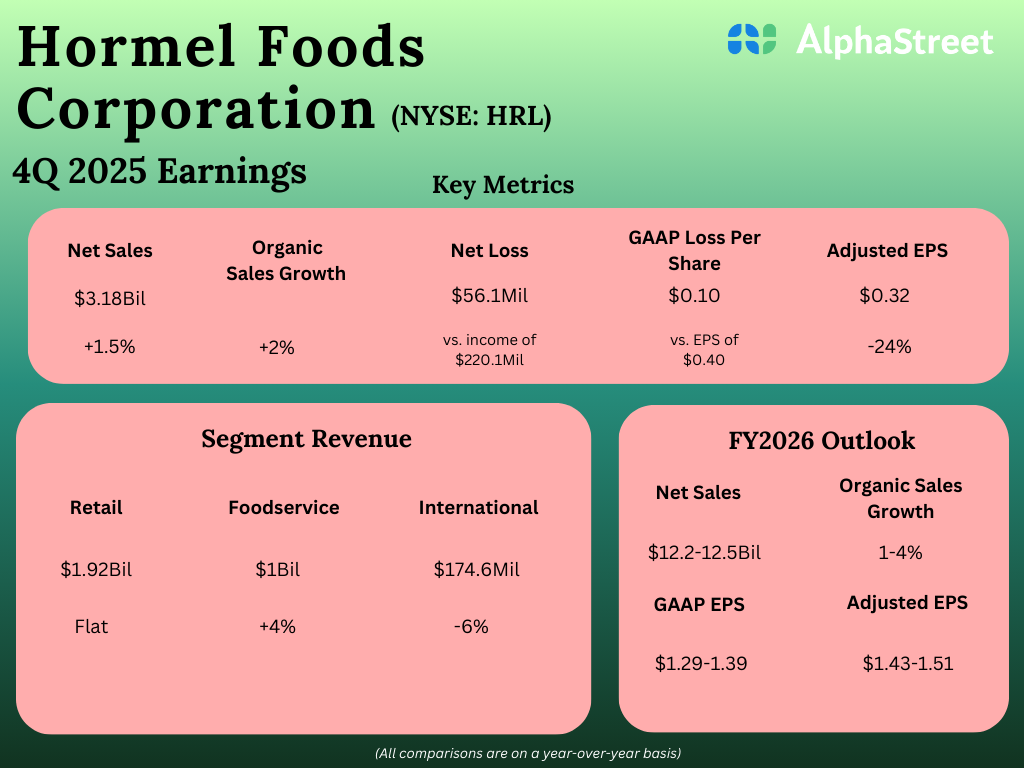Make error reduction your competitive edge
Highlights
The TMT industry’s tax departments face a strategic crisis, with 88% having automated less than half their processes; this tech debt, combined with talent shortages, results in a highly reactive stance (62% of work) that leads to frequent audits and penalties.
Automation and GenAI provide a clear path from reactive chaos to strategic advantage, enabling TMT companies to handle unique complexities like SaaS models and cross-border compliance while leveraging AI for predictive modeling and optimized tax planning.
The business case for modernizing is compelling, with studies showing a 120% ROI and significant error reduction, while the cost of inaction is a rapidly widening competitive gap, making technology adoption essential for survival and growth.
The Technology, Media, and Telecom (TMT) industry faces a paradox while pioneering digital transformation for clients worldwide. On one hand, the sector faces a swelling tide of digital transactions, cross-border rules, and real-time reporting mandates. On the other hand, legacy systems, fragmented data, and stretched teams. This isn’t just an operational headache; it’s a strategic crisis that requires attention and advocacy.
Jump to ↓The hidden cost of tax tech debt
The reactive trap: Why TMT leads in tax chaos
The automation imperative: From survival to strategic advantage
The GenAI advantage: Tech companies leading the future
The cost of inaction: A widening gap
Your path forward
The hidden cost of tax tech debt
Recent research reveals a startling reality:
88% of tech companies, ranging from <$50M to $6B revenue, have automated less than 50% of their tax processes.
This “tech debt” in tax departments creates a cascade of problems that extend far beyond compliance.
72% of under-resourced departments incur audits, and 50% are penalized, with 69% of penalties costing $10-50K per penalty.
The human capital crisis compounds these challenges.
83% of financial leaders reporting talent shortages and accounting graduates declining by 7.8% at the bachelor’s level.
Tax departments find themselves in a perfect storm of resource constraints and increasing complexity.
The reactive trap: Why TMT leads in tax chaos
TMT companies have earned an unwelcome distinction:
TMT has the highest percentage of tax teams performing reactive work, with a concerning 62% reactive versus 38% proactive split.
This reactive stance isn’t just inefficient, it’s dangerous to your agility and competitive edge. Some of the unique challenges facing tech companies include:
Digital product taxability complexities
SaaS subscription model tax calculations
Cross-border e-commerce compliance
Real-time taxation requirements
Frequent M&A activity requiring system integration
The automation imperative: From survival to strategic advantage
To fully scale and enter new markets, top TMT organizations understand the need for automation and efficiency, such as the forward-thinking tax departments at Adobe, Cisco Systems, Inc., and Informatica. Read their stories in the e-book.
Also, strong ROI data can be gleaned from Forrester’s Total Economic Impact study that reveals real-world implementations data. Some highlights include:
120% ROI with 15-month payback periods
Error rate reductions from 3% to less than 1%
$2.6M in efficiency gains over three years
Elimination of compliance penalties
The GenAI advantage: Tech companies leading the future
Technology companies were identified as the number one influencer of the future of GenAI by two-thirds or more of respondents from every industry vertical. This presents a unique opportunity for tech tax departments to not just adopt automation, but to lead with cutting-edge AI solutions that provide competitive advantages in:
Predictive tax scenario modeling
Automated anomaly detection
Real-time compliance monitoring
Strategic tax planning optimization
The cost of inaction: A widening gap
As Amy Webb warns in the FTSG 2025 Tech Trends Report: “The gap between leaders and laggards will widen dramatically, not over decades, but months.”
With 94% of corporate tax professionals hopeful (73%) or excited (21%) about the future of tax technology, the momentum for change is building rapidly.
Companies that delay digital transformation risk falling permanently behind as competitors leverage automation to achieve strategic advantages in market expansion, M&A efficiency, and regulatory compliance.
Your path forward
The transformation from reactive to proactive tax management isn’t just possible—it’s essential for survival in today’s competitive landscape. The question isn’t whether to modernize your indirect tax processes, but how quickly you can implement the right technology stack to support your business growth.
Ready to transform your indirect tax operations from a cost center to a strategic advantage?
Download our comprehensive e-book “Strategic Approaches to Indirect Tax in the Tech Industry” to discover detailed implementation strategies, real-world case studies from Adobe, Cisco, and Informatica, and our proprietary ROI framework that has helped technology companies achieve measurable results in months, not years.
Don’t let tax tech debt drag down your digital-first company. Join the 94% of tax professionals who are excited about technology’s potential to revolutionize indirect tax management.




























